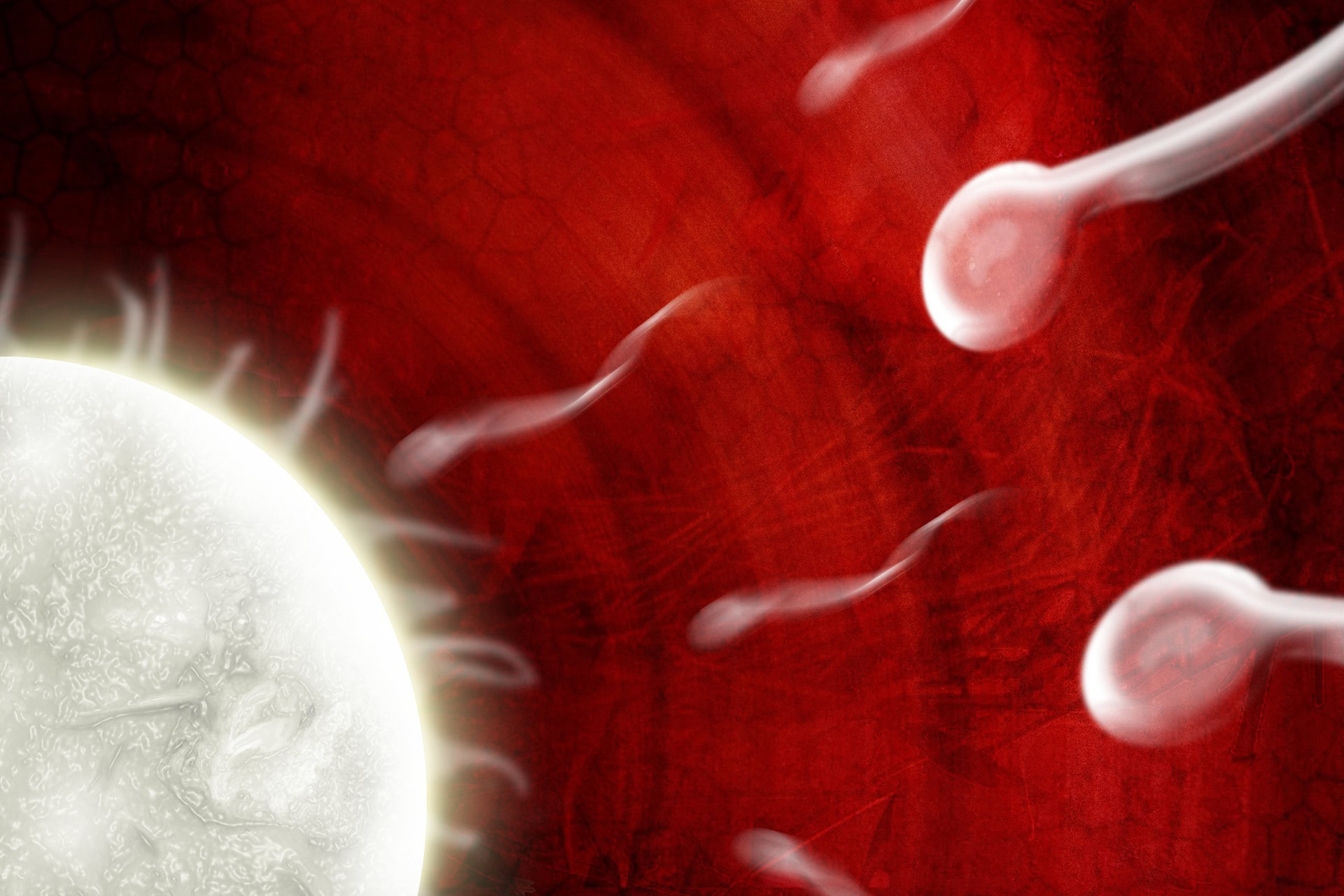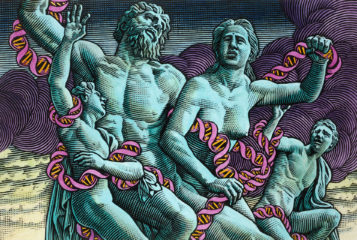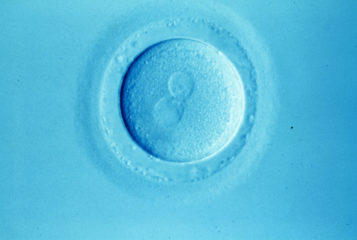This week, on Thursday 29 September, PET – the charity that publishes BioNews – will be holding a free-to-attend online event about donor conception, the identifiability of donors and related reforms to the law.
Under current UK fertility law, anyone who donates sperm, eggs or embryos may remain anonymous, until a child resulting from their donation reaches the age of 18. At that point, the donor-conceived child may request identifying information about their donor.
This does not apply in reverse. The donor does not have any reciprocal legal entitlement to know the identity of the child.
Meanwhile, there are official arrangements whereby upon reaching the age of 18, donor-conceived people may learn the identity of – and be made identifiable to – donor-conceived genetic siblings, provided that there is mutual consent.
However, direct-to-consumer genetic testing has made it increasingly easy to circumvent all of these rules. Donors, donor-conceived people and donor-conceived genetic siblings can now potentially identify one another – deliberately or accidentally – before the relevant donor-conceived person reaches the age of 18, and without any prior consent.
The UK Government has signalled that fertility law could be revised in the near future, and the UK's fertility regulator – the HFEA – is expected to launch a consultation about proposed changes imminently.
Ahead of its consultation, the HFEA has been considering four possible new legal models for regulating donor conception.
- 'Status quo plus' – keep the law as it is now, except with an added legal requirement for clinics to inform donors and recipients of the possibility that genetic testing might lead to identifiability at any time.
- 'Early identification by consent' – create a new system whereby donors can, if they wish, opt formally to become identifiable before the donor-conceived child turns 18.
- 'Remove anonymity' – create a new system whereby donors must be mandatorily identifiable to the recipients of their donation from an early stage (upon birth of the donor-conceived child, or perhaps even earlier).
- 'Double track' – create a new system whereby donors choose either to become identifiable to the donor-conceived child when that child turns 18, or to be identifiable to the recipients of their donation from an early stage.
Each of these models poses its own challenges. At a discussion held earlier this year, members of the HFEA's Legislative Reform Advisory Group expressed greatest support for the 'Double track' option.
At our event this week (which is kindly supported by Merck), speakers with different experiences and perspectives will explore which model might work best, and whether we should be considering a different approach altogether.
Speakers will include Dorothy Byrne (a parent via donor conception who has written about donor identifiability), Kevin Moore (a donor-conceived person who is also himself a sperm donor), Nina Barnsley (director of the charity Donor Conception Network), Dr Jo Lysons (a developmental psychologist who has researched the perspectives of both donor-conceived children and parents via donor conception), and Professor Guido Pennings (a bioethicist who has researched the perspectives of donors and has expressed his own views on donor identifiability).
It promises to be a fascinating discussion, to which we hope you can contribute. Find out more and register here.





Leave a Reply
You must be logged in to post a comment.